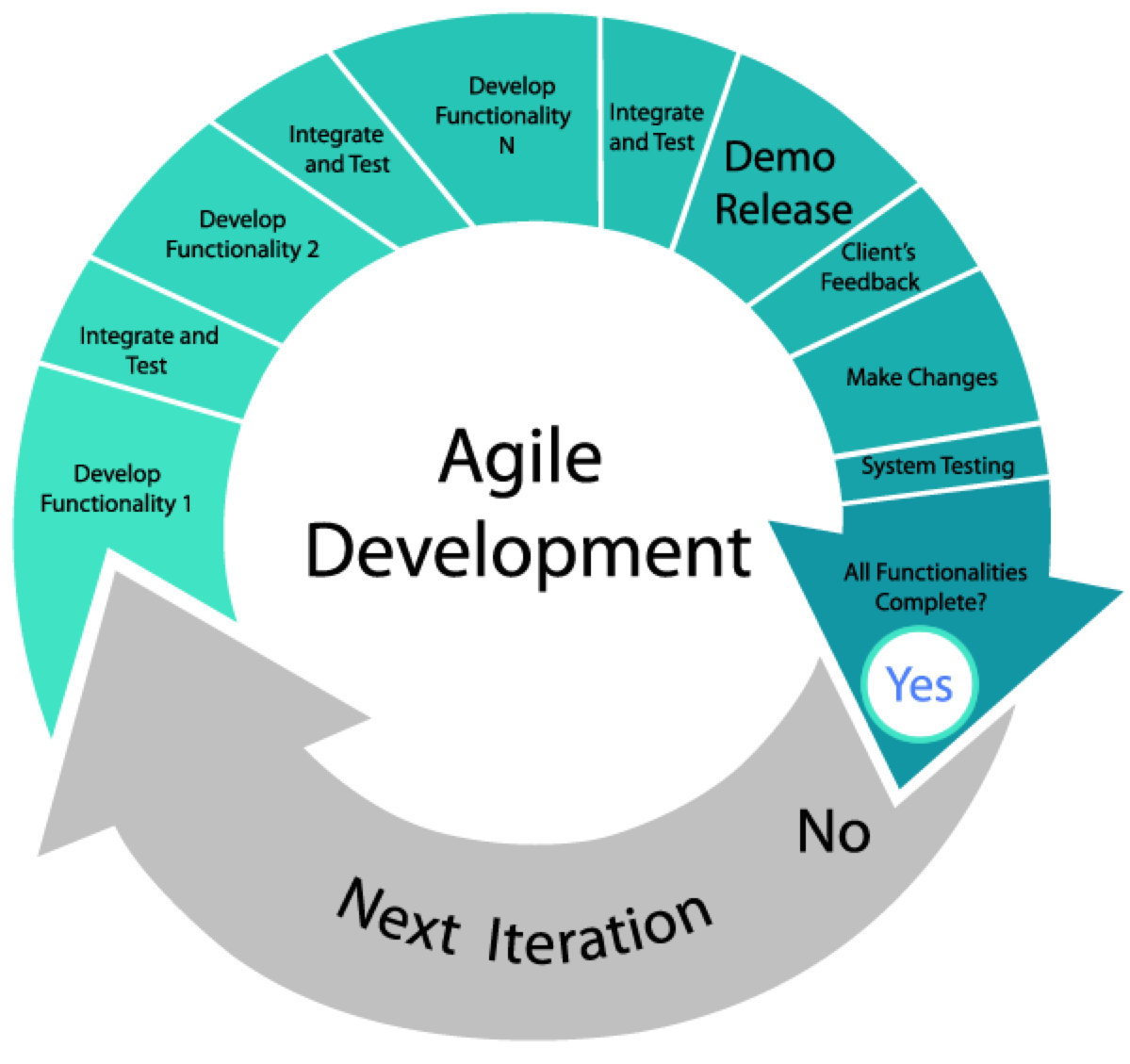Agile FileMaker Development
Getting Started is Easy…
- Write down in bullet point fashion all those tiresome, repetitive and mundane admin tasks, that we can turn into a thing of the past. We can provide you with a framework and template to help you do this.
- Next, invite us to discuss your situation, the problems you’re facing and the urgency of these issues and we’ll gain an insight into your special requirements, time-frame for delivery and budget.
- We’ll then put forward a proposal for you to consider and trust that with a positive outcome, you will also become one of our many valued clients.
It’s time to work smarter…
Agile Software Development Methodology is an alternative to traditional project management. The Waterfall, or traditional sequential development or phase based approach dictates that each phase of the project must be completed before the next phase can begin. Business specification & requirements gathering must be completed before a systems architecture, design, development code, build and so on can be started. Often, each of these phases are completed by different groups and communication between them can become a problem.
It also assumes that every requirement of the project can be identified before any design or coding occurs. The vision of stakeholders can often only scrape the surface of their requirements before seeing at least an initial prototype of functional software. We have seen time and again large software development houses build software it was asked to build, but in the time it took to create – sometimes years, their customers business requirements have changed (due to government compliance reasons or market realities), leaving the software that has been developed irrelevant.
Agile development methodology provides opportunities to assess the direction of a project throughout the development lifecycle. This is achieved through close and frequent collaboration with project stakeholders. This staged approach allows for a gradual introduction to the system, achieving rapid user acceptance and familiarisation. The component deliverables are based on function points & features and are developed in priority order. Each stage of the project delivered will be a stand-alone entity (or a potentially shippable incremental product), addressing a business need yet integrating fully with previously delivered stages.
These core components or system ‘modules’ will be achieved as a result of continuous & frequent consultation with stakeholders (system owners, business analysts, subject matter experts, department/faculty/business Unit – intended future users of the system). This ‘iterative’ or ‘incremental’ methodology, facilitates system developers to determine and reaffirm the detailed business processes that lay the foundations of requested feature sets & system functionality, required to support them. It also allows more detailed explanations of requirements specifications where necessary and facilitates additional information gathering where requirements have not been adequately specified or where stakeholder requirements have changed. As the system development progresses, each new version or “iteration” of the software is reviewed, assessed, the quality of the solution managed, verified and tested, before it is released into production.
In an agile paradigm, every aspect of development – requirements gathering, design and so on – is continually revisited throughout the lifecycle. Stakeholders & the project team can stop and re-evaluate the direction of a project based on the most recent business requirements, providing the ability for developers to adapt to changes and steer the development of the system in another direction if need be.
The result of this agile approach, is that it greatly reduces both development costs and the time to deployment. Individuals within development teams can wear a number of ‘hats’. They can be wearing the software developers hat & develop a stage of the software at the same time as wearing a business analyst or software consultants hat and gather the requirements for the next stage. These “bite-sized” functional/feature deliverables of a development team’s work cycle, are measured in weeks – not months, and it gives stakeholders recurring opportunities to calibrate releases for success in the workplace. Agile development methodology helps companies build the right products that help it achieve seamless productivity and measurable efficiency gains, while improving and enhancing the entire user experience.
Agile empowers teams to continuously re-plan their release, optimise its value throughout development. Development using an agile methodology preserves a product’s relevance and ensures a team’s work doesn’t wind up on a shelf, never to be released.
2013©ADS|IJP|AFSD.
